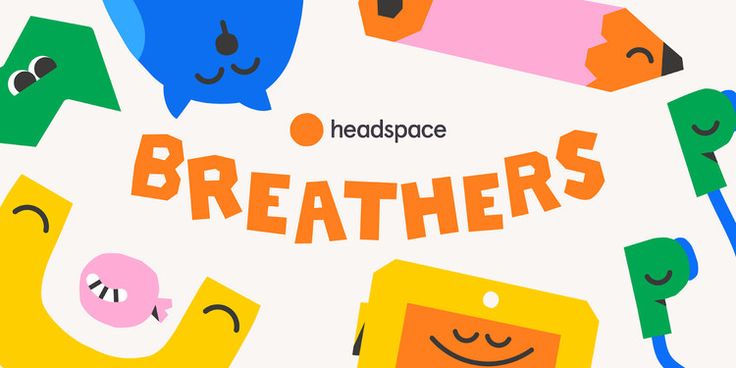Introduction
In today’s fast-paced and high-stress world, educators are often under immense pressure while trying to navigate the challenges of teaching and guiding students. One increasingly popular method to help counteract that pressure and develop resilience is mindfulness. Headspace for Educators is an innovative initiative aimed at providing mindfulness tools and resources for teachers, unlocking a myriad of benefits for both their personal well-being and teaching practices.
What is Headspace?
Headspace is a leading meditation app that offers a comprehensive library of guided meditation courses, sleep assistance sessions, and mindfulness exercises. These resources cater to all levels of practitioners, from beginners to experts, with different techniques to suit the specific needs of users. Headspace is designed to cultivate a healthier mindset by bringing awareness and attention to our thoughts and emotions.
Headspace for Educators
Recognizing the impact that stress can have on an educator’s professional life and overall well-being, Headspace offers free access to its services for K-12 teachers, school administrators, and supporting staff in the United States, UK, Canada, and Australia through its Headspace for Educators program.
Headspace for Educators focuses on three primary areas:
1.Personal Well-being: Teachers are encouraged to develop a regular mindfulness practice which includes techniques like meditation, body scans, or mindful eating. This practice helps them in managing stress and promotes better mental health.
2.Classroom Integration: Headspace offers resources specifically designed for classroom use such as age-appropriate guided mindfulness sessions or focus-promoting exercises that can be used during class transitions or breaks.
3.Professional Development: Headspace provides access to education-focused content including webinars featuring educators who share their experiences implementing mindfulness in their classrooms.
The Benefits of Mindfulness in Education
Introducing mindfulness into the education system brings numerous benefits, such as:
1.Reduced Stress: By practicing mindfulness, educators can alleviate day-to-day stress and anxiety, improving their mental well-being and overall job satisfaction.
2.Enhanced Focus: Mindfulness promotes focus and clarity, which can translate into more productive and efficient teaching.
3.Emotional Regulation: Teachers who cultivate mindfulness tend to develop healthier emotional regulation mechanisms, leading to better relationships with students and colleagues.
4.Improved Overall Health: Regular mindfulness practice may contribute to better sleep quality, improved immune function, and reduced blood pressure.
5.Student Benefits: Introducing mindfulness techniques to students can help them develop essential life skills like self-awareness, emotional intelligence, and stress management.
Conclusion
It is no secret that the teaching profession can be demanding and stressful. Headspace for Educators not only recognizes this but also provides the tools needed for educators to thrive in their careers while promoting a positive learning environment for students. Through the integration of mindfulness techniques in both personal and professional aspects, teachers can foster resilience, focus, and overall well-being that will benefit not only themselves but also the students they inspire each day.





